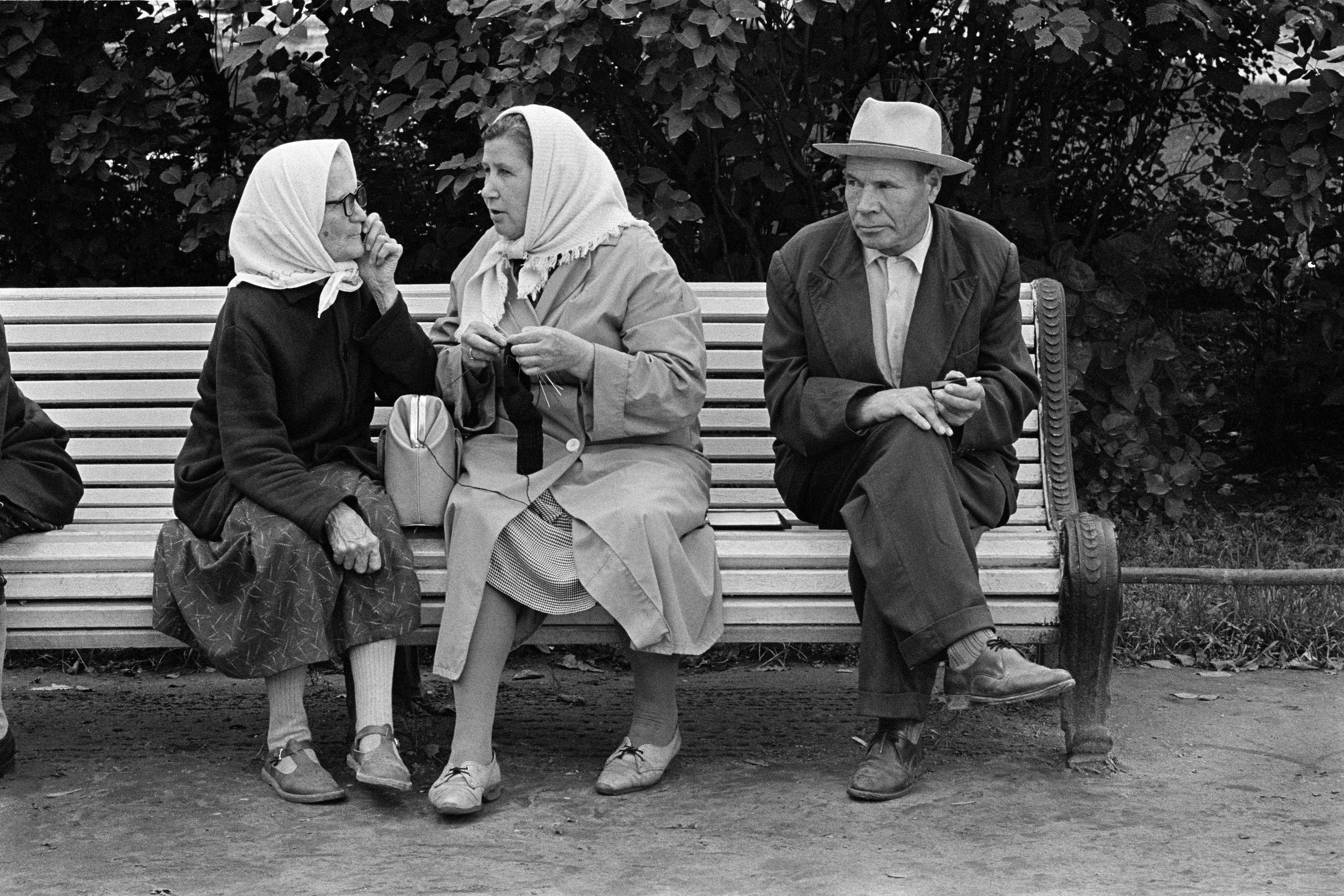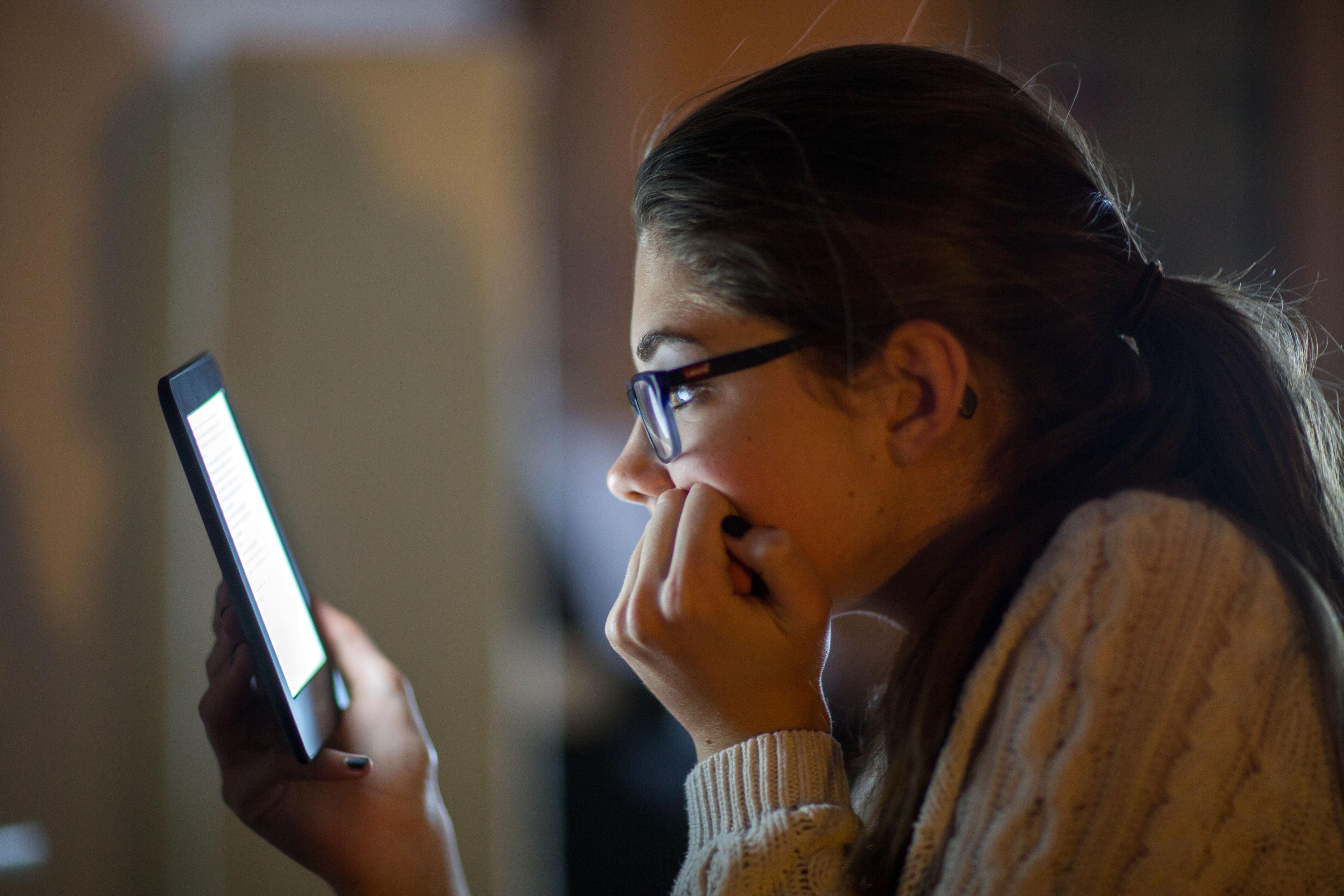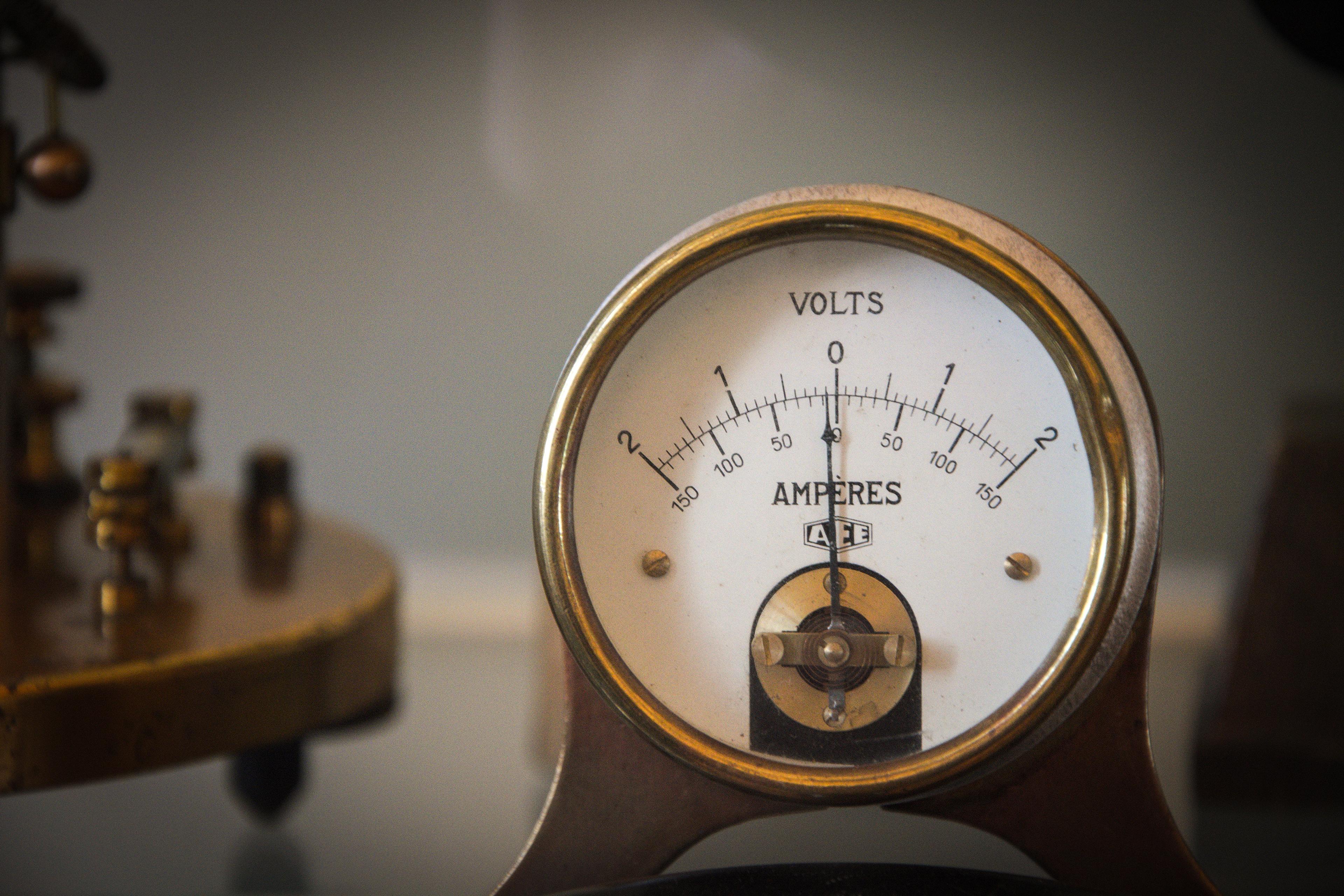How seriously you take a newly discovered disease depends on what you read about it. Your opinions of political candidates are shaped by what you hear about them. This kind of information clearly matters; but does it matter how you receive it? After all, you often have a choice about whether to consume information by reading or by listening. You might choose to listen to the radio or a podcast to brush up on a subject, or to read an article about it instead. Technological advances have also made it easy to listen to written articles – you could have chosen to listen to this article instead of reading it.
Our research is about how this simple choice influences people’s thinking. If the way a person thinks about incoming information is based only on the content itself, then it should not matter whether they hear or read it. But in recent experiments, we have found evidence that this seemingly inconsequential choice of modality does have an impact on how people reason.
When people think, they can rely on their intuition, or they can use a more deliberate, analytic thinking process. Intuitions are gut feelings or instincts about something that can swiftly arise in our minds without much effort or reflection. These can be very helpful in situations where people must pass judgment and make decisions quickly. When meeting someone for the first time, people frequently rely on intuition to determine whether they like or can trust that stranger. Analytic thinking, on the other hand, involves mental processes that require more conscious effort. This type of thinking involves carefully evaluating information before reaching a decision. In today’s digital era, it is extremely important for evaluating potentially misleading information.
The difference between these two types of thinking processes is precisely where we focused our research. We have found that the communication modality people use can affect the extent to which they engage one thinking process or the other. We investigated this with the use of problems that are designed to reveal whether someone is thinking intuitively or analytically. For example: ‘Ann’s father has five daughters: Lala, Lele, Lili, and Lolo. What is the name of the fifth daughter?’ The answer that intuitively comes to mind is ‘Lulu’. But a more cautious, analytic approach would reveal that the answer is ‘Ann’. Because each process leads to a different answer, the answer that people give can indicate whether they are relying on their intuition or engaging in more careful analysis. If someone answers ‘Lulu’, then they likely have been thinking more intuitively; if they say ‘Ann’, they likely have been thinking more analytically.
In our research, we randomly assigned study participants to either read or listen to problems such as this one. As we expected, people were more likely to solve the problems intuitively – that is, to give the seemingly obvious, but incorrect answer – when they heard the spoken text of the problems than when they read the problems. We found this with other types of problems as well, such as: ‘How many animals per type did Moses take on the ark?’ People intuitively say ‘two’ – unless they analyse the problem in a more careful way and realise that the very question is wrong. It was not Moses in the biblical story, but Noah who built the ark. People were more likely to detect such an anomaly when they read the problem than when they heard it. We further showed that this modality effect extended beyond the English language – it was observed among Mandarin speakers, too.
We also found that people were more likely to solve logic puzzles correctly when they read them than when they heard them. For instance, we asked people if the following argument is logically valid: ‘Some plants are green. All grasses are plants. Therefore, some grasses are green.’ While the conclusion is true, the argument is invalid since it does not logically follow from the two premises. This is another case where intuition, driven by the feeling of the truth of the conclusion, conflicts with the analytic process. When participants heard these logical puzzles rather than reading them, they seemed to be more affected by intuition and, as a result, less likely to identify the flaw in the argument.
Was it really the modality – reading versus listening – that mattered? We considered alternative explanations for our results. For example, perhaps the reason people solve problems more analytically when they read is not because of the modality itself, but rather because of the availability of the information. When people read, they can take their time and, if they want to, they can go back; when they hear a problem, they usually cannot do that. They have to depend on their memory of what they’ve heard.
To evaluate this explanation, we made the presentation of information more consistent across the two modalities. Mimicking the way audible information is conveyed, we presented the written information in small chunks, each of which disappeared once the next chunk appeared. This prevented people from going back to reread. But our results were the same, suggesting that the alternative explanation is wrong.
Why, then, might hearing and reading engage different thought processes? There could be several reasons, but in our opinion the most important one goes back to how people acquire language. Children typically learn to speak their native tongue early, spontaneously and effortlessly. In other words, intuitively. In contrast, learning to read is less spontaneous. It happens later, in a formal setting, and it requires a lot of effort and practice. So, hearing language and reading it engage different mental processes from the very beginning. Because of their experience with learning and practising reading while growing up, people may become conditioned to thinking relatively analytically when they read and get accustomed to putting in a bit more mental effort, compared with when they listen. Later in life, intuition might be especially prominent when people are solving problems that they hear, while analytic tools are more available when solving written problems.
Our findings could have practical implications for daily life, as well as for domains such as the law and medicine. Imagine a judge who reads a legal brief or hears the arguments presented in spoken form. Would the judge evaluate the brief differently depending on the modality in which the information is received? Similarly, consider a patient reading online about the risks associated with a new medication – or asking their voice assistant to tell them about it. Would patients decide differently depending on whether they read or hear about the risks? Our findings suggest that they might. With more research, we should be able to better understand how language modalities could influence decision-making in different domains and contexts.
Another implication relates to the tools used to inform public policy decisions. Opinion polls about whether someone supports specific propositions or policies that the pollster describes to them are a major source for learning about what the public thinks, and surveys are used to predict voting outcomes. But our work suggests that the results might differ depending on whether people get the questions in writing or by voice. This means that policies that rely on public polls might be somewhat different if the surveys happen to be conducted in one modality rather than the other.
In general, our findings indicate that, when making decisions or passing judgment, your choice to listen to or read the relevant information could affect the outcome. You could try using this observation strategically: if you’re considering a controversial topic, for example, and a relatively deliberate, analytic judgment or decision would be valuable, you may want to read about it, assuming that’s an option. But for matters of the heart, about which you would prefer to let your intuition and feelings reign, listening might be all you need.








